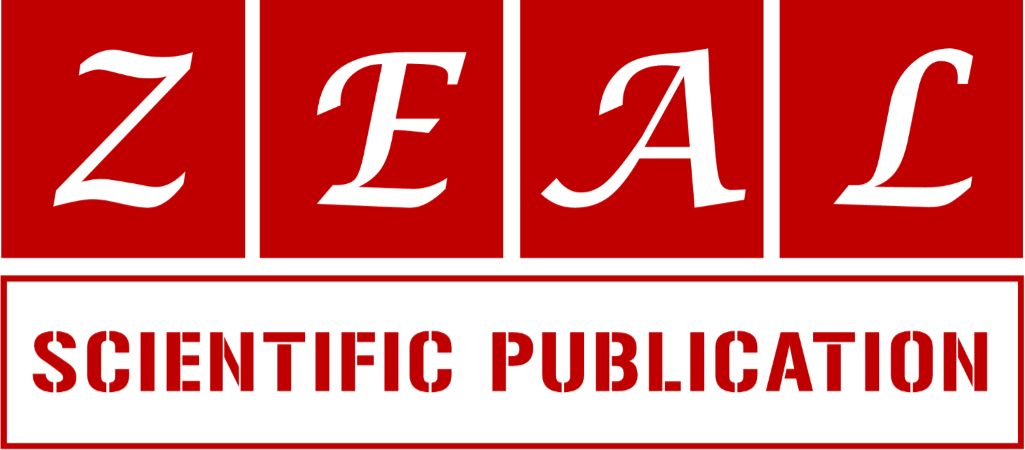A study on vaginal infections among reproductive-aged women in the region of Marrakech, Morocco
Laboratory of Bacteriology-Virology, Military Hospital Avicenne of Marrakech, Morocco.
Research Article
World Journal of Biological and Pharmaceutical Research, 2022, 03(02), 010-017.
Article DOI: 10.53346/wjbpr.2022.3.2.0042
Publication history:
Received on 05 October 2022; revised on 16 November 2022; accepted on 18 November 2022
Abstract:
Purpose: The principal aim of this study was to establish the microbial epidemiology of vaginal infections and to study the susceptibility of strains isolated to antibiotics. The secondary aim was to orient probabilistic antibiotic therapy.
Methods: This is a retrospective descriptive study, covering a period of 9 years, from 2013 to 2022, conducted in the Bacteriology Department of the Avicenne Military Hospital in Marrakech.
Results: The number of vaginal swabs taken in our study over a period of 9 years (2013-2022) was 693, of which 131 cases of vaginal infections were diagnosed, i.e. 19%.
On fresh examination the presence of Trichomonas vaginalis was observed in 15 samples or 2.1%.
Direct examination after Gram staining showed the presence in 33.4% of cases of clue cells suggestive of Gardnerella vaginalis; Gram-positive Coccis were present in 22.1%, yeasts in 17%, and Gram-negative bacilli in 5%.
The distribution by species showed the predominance of clues cells evoking Gardnerella vaginalis which represented 35% of the isolates, followed by Streptococcus agalactiae at 28%, Candida albicans at 10%, and Escherichia coli and Proteus mirabilis by 5%.
Conclusion: Our study showed the great microbial diversity of female genital infections with a predominance of bacterial vaginosis due mainly to Gardnerella vaginalis but also an important frequency of bacterial vaginitis represented essentially by Streptococcus agalactiae, Escherichia coli and Klebsiella pneumoniae.
Keywords:
Bacterial vaginosis; Trichomonal vaginitis; Vaginitis; Reproductive-aged women; Morocco
Full text article in PDF:
Copyright information:
Copyright © 2022 Author(s) retain the copyright of this article. This article is published under the terms of the Creative Commons Attribution Liscense 4.0
